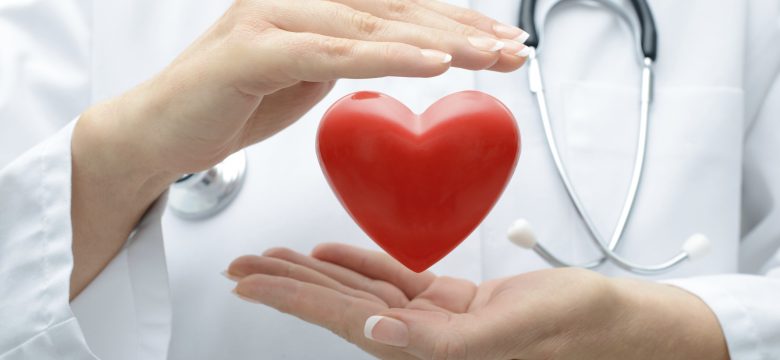
Thanks to the added heart health awareness that organizations like The American Heart Association have provided in recent years, February has been deemed nationally as ‘Heart Month.’ While this tie-in is meant to coincide with Valentine’s Day, the cause is much more than candy hearts and chocolate. With heart disease currently being the leading cause of death for both men and women, we took a closer look at the top five heart health inventions taking the forefront this year.
Bioprinting
While 3D printing is a pretty common practice performed today, bioprinting live tissue to create a human heart capable of transplant is far from ordinary! Recently the Irish Heart Foundation began working on printing live tissue by first attempting to recreate aortic valves. This is the first step in moving towards the printing of an entire heart. Due to innovations surrounding tissue engineering and stem cell therapies, bioprinting has made numerous advancements over the last few years, and we are excited to see what the future holds.
Artificial Intelligence and Heart Failure
AI (artificial intelligence) was one of the biggest tech-focused topics that we saw in 2016. This technology has recently been applied to the prediction of heart failure in patients that have cardiovascular diseases. While having a machine predict when your heart will fail may sound a bit scary, this new technology can save a patient’s life. Medical scientists taught the software how to analyze blood tests and heart beats to be able to recognize the signs of a heart beginning to fail. Still in the early stages, we are going to see a lot more hospitals this year adopting this process of evaluation and diagnosis.
Nanoparticles
For nearly 20 years, scientists and physicians alike have tried to perfect genetic therapy. The main obstacle that they face is the precision needed to deliver the therapy into the right cells within the body. Now, however, thanks to nanoparticles, tiny snippets of DNA are used to quickly screen the capability of these life-saving therapies reaching their correct destinations. If this technique becomes more commonly used, the hope is that it will better show scientists how the cell responds directly to treatments and infection.
Dissolving Stents
In 2016, the FDA approved the first dissolving stent to be used on live cardiac patients. This implant was designed to slowly dissolve within the body in hopes of avoiding infections and complications that current metallic and wired stents have been notorious to cause. Results were positive from the first round of patients that received this new technology, but there were a few that experienced allergic reactions. While this trial phase is still relatively unknown territory, we cannot wait to see how this technology is updated for future patients.
Heart Attack Data
Being fully aware that time is of the essence when it comes to cardiac and stroke patients, HSHS St. John’s Hospital decided to take action. Through a partnership with local ambulance companies, the data sent from the emergency vehicle to the hospital’s ER department, was immediately accessible via an online program. Prior to this new process, the hospital would receive data via a fax machine which made it nearly impossible for more than one staff member to read. This cut the research time in half and allowed physicians to be completely prepared for the incoming patient prior to their arrival.
The Future
There is a common saying used by healthcare professionals that states the first symptom of a heart problem is death. While that may sound morbid, it is a good reminder of the importance of heart health. From dissolving stents to AI tech predicting heart failure, cardiovascular technology has reached new heights with no signs of slowing down!
